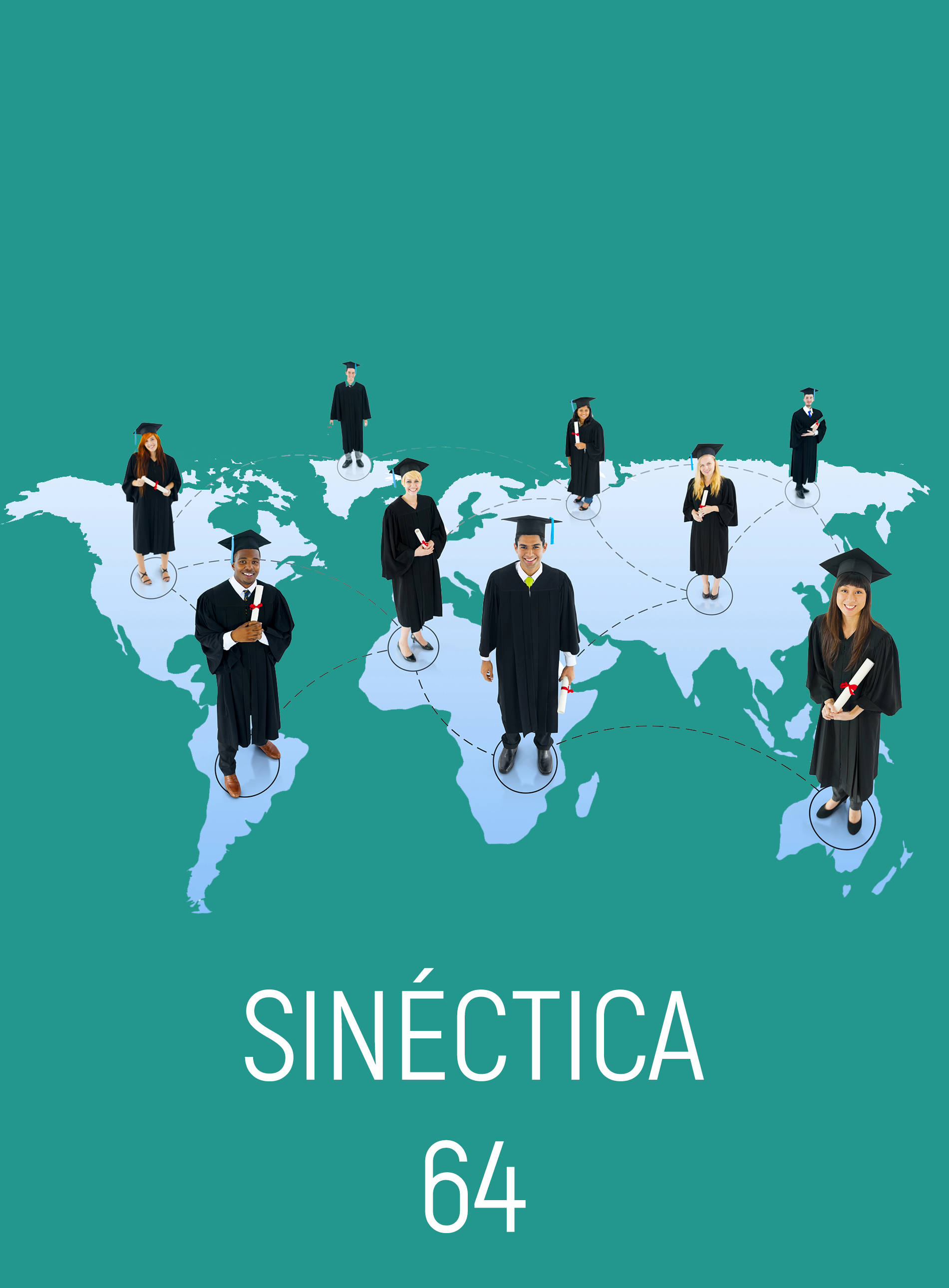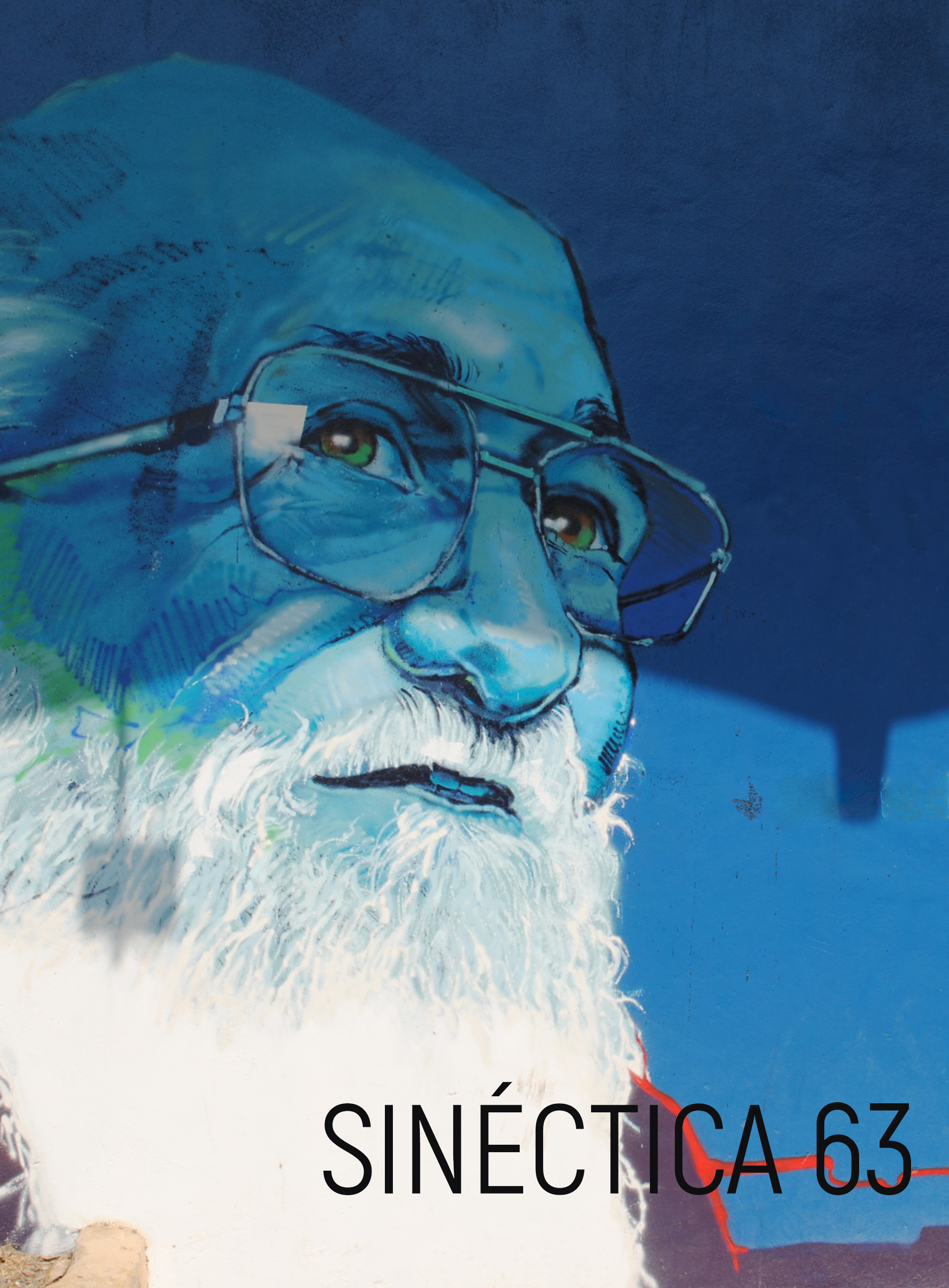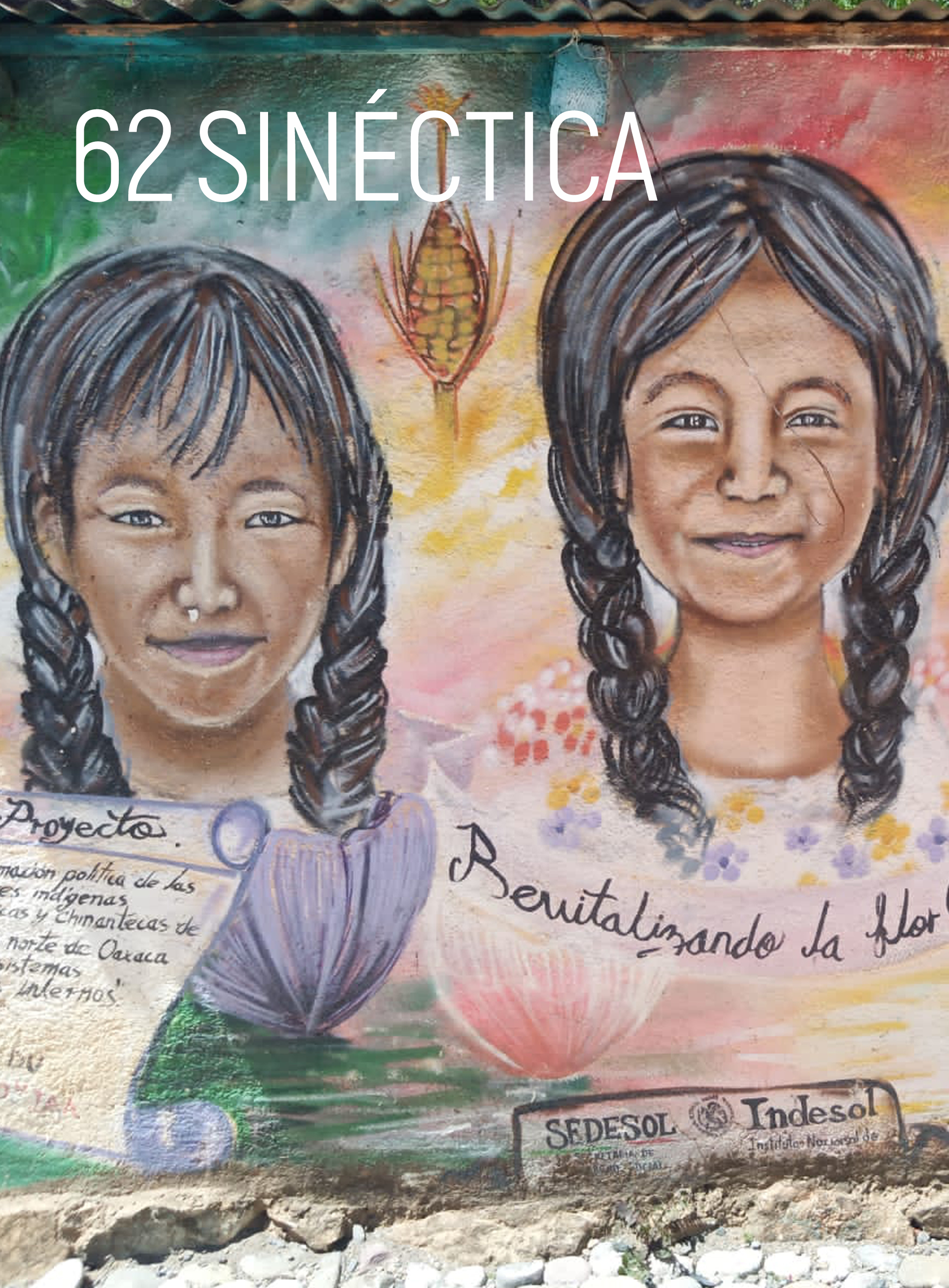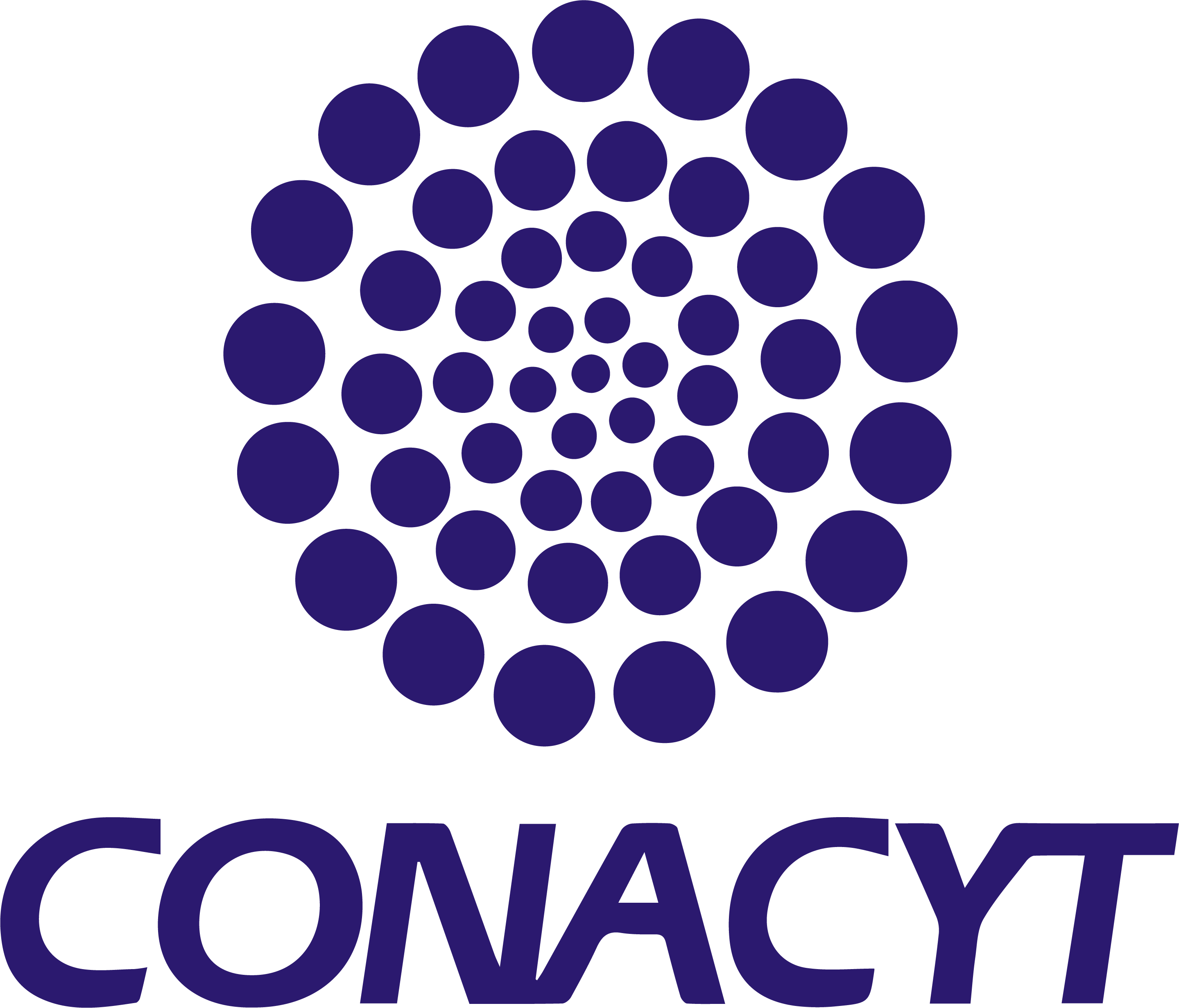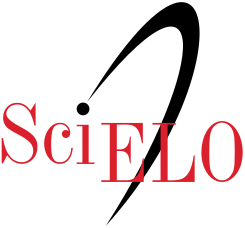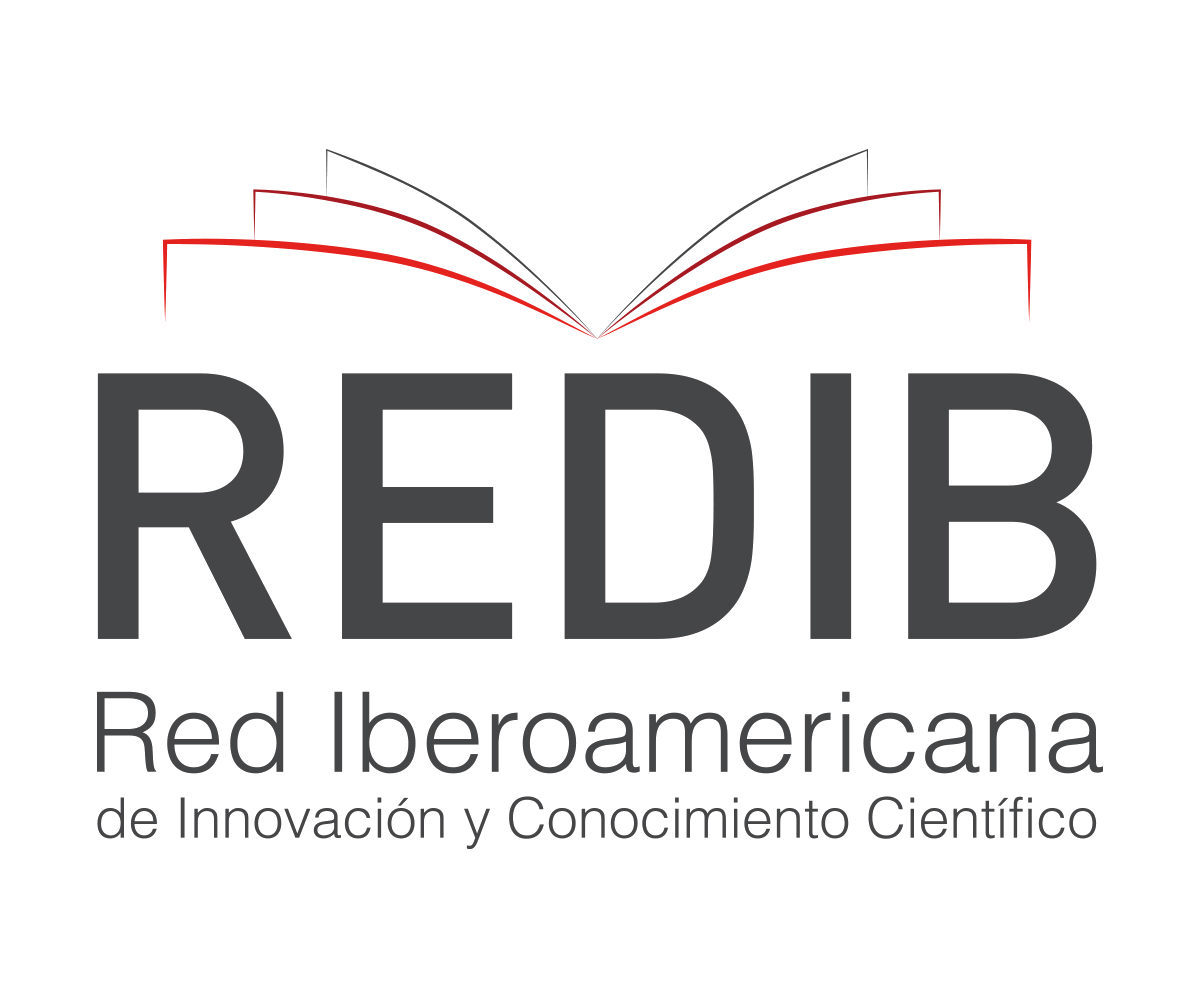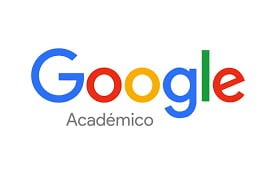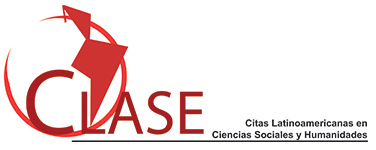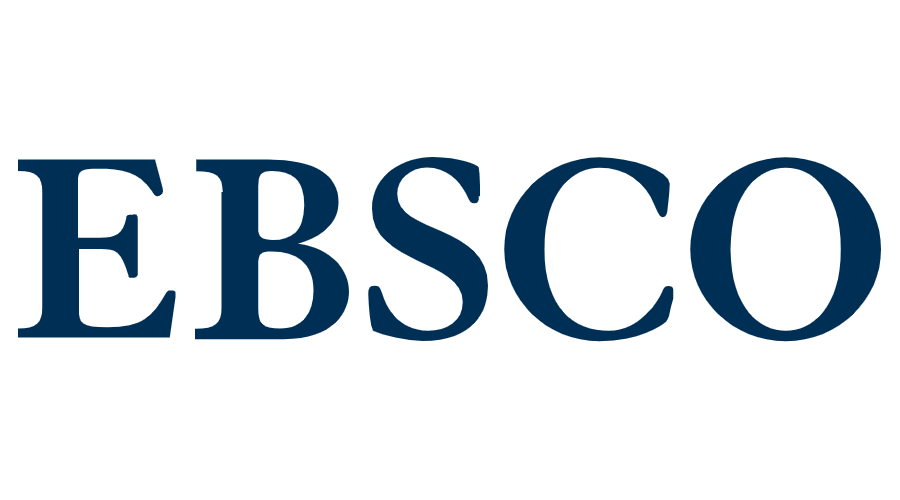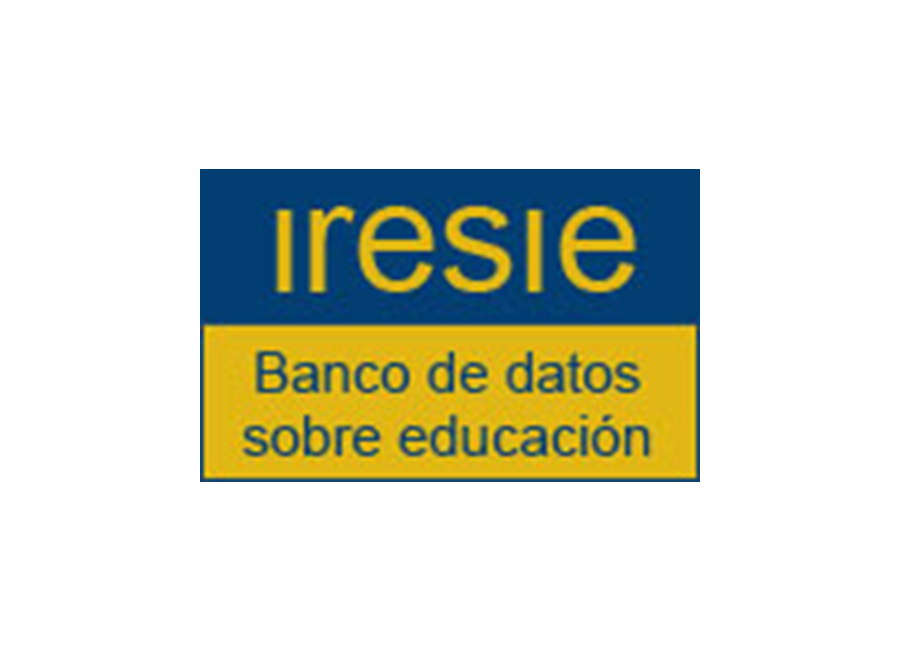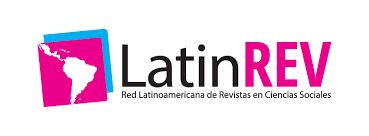Tsotsil bats’i k’op in Ts’omolton, Chalchihuitán: monolingualism, identity and education
DOI:
https://doi.org/10.31391/JRGE4412Keywords:
bats'ik'op tsotsil, identity, indigenous educationAbstract
This article analyzes the symbolic system represented by bats’ik’op (“true” or “authentic” language, used to refer to Tsotsil and Tseltal) in the construction of identity among Tsotsil students in the community of Ts’omolton, municipality of Chalchihuitán, Chiapas. The study focuses on a monolingual community where language constitutes a highly valued identity marker. The objective is to examine the linguistic situation of the students and to understand the system of identity representation that language provides to its speakers. From an ethnographic perspective, the study seeks to capture the link between language and identity in the primary school context. The research is grounded in historical and sociopolitical processes that have strengthened Tsotsil identity in Chalchihuitán. It shows how local circumstances have contributed to preserving linguistic identity, as well as the debates surrounding the relevance of Tsotsil as the language of instruction. Among the findings, it is identified that the expulsion of Spanish speakers, isolation from urban influence, and the persistence of Tsotsil use within the community have helped prevent threats to its original linguistic identity.
Downloads
References
Aguilar Gil, Y. E. (2018). Un nosotrxs sin Estado. OnA Ediciones.
Ameigeiras, A. R. (2006). El abordaje etnográfico en la investigación social. Gedisa.
Bourdieu, P. (1991). Language and symbolic power. Harvard University Press.
Bucholtz, M. y Hall, K. (2005). Identity and interaction: A sociocultural linguistic approach. Discourse Studies, vol. 7, núm. 4-5, pp. 585–614. https://doi.org/10.1177/1461445605054407
Colin, C., Romero, P. V., Trejo, M. J., Molina, M., Anaya, K. A., Iglesias, B. A., Ruiz, A. y Hernández, D. A. (2021). Lenguaje y lenguas indígenas en México. Revista IMAGINAtta, vol. 9, núm. 16, pp. 1-86.
Cummins, J. (2001). Negotiating identities: Education for empowerment in a diverse society. California Association for Bilingual Education.
Data México (2024). Chalchihuitán: economía, empleo, equidad, calidad de vida y seguridad. Secretaría de Economía. https://www.economia.gob.mx/datamexico/es/profile/geo/chalchihuitan
Dirección General de Culturas Populares, Indígenas y Urbanas (DGCPIU) (2021). Cartografía de la Diversidad Lingüística.
Fishman, J. A. (2001). El nuevo orden lingüístico. Revista digital d’humanitats, vol. 2001, núm. 3, pp. 1-7. http://dx.doi.org/10.7238/d.v0i3.590
Fishman, J. A. (1999). Handbook of language & ethnic identity. Oxford University Press.
Flores, J. A. (2003). Lenguas indígenas y multiculturalismo en México: ideologías y políticas. CIESAS.
García, O. (2009). Bilingual education in the 21st century: A global perspective. Wiley-Blackwell.
Hamel, R. E. (2008). Políticas del lenguaje y educación indígena en América Latina. CEPAL.
Hamel, R. E. (1997). Los retos de la educación intercultural bilingüe en México. Revista Mexicana de Investigación Educativa, vol. 2, núm. 4, pp. 43-65.
Hecht, A. C. (2008). Encrucijadas de significados acerca de la relación lengua e identidad en niños indígenas en contextos urbanos. Alteridades, vol. 18, núm. 36, pp. 143-157.
Hirsch, S., González, H. y Ciccone, F. (2006). Lengua e identidad: ideologías lingüísticas, pérdida y revitalización de la lengua entre los tapietes. Indiana, vol. 23, núm. 2003, pp. 103-122.
Hornberger, N. H. y McCarty, T. L. (2012). Reversing language shift through indigenous language revitalization: Cultural politics, curricular reform, and linguistic justice. Reversing Language Shift Revisited.
Hymes, D. (1974). Foundations in sociolinguistics: An ethnographic approach. University of Pennsylvania Press.
INEGI (2020). Censo de Población y Vivienda. Instituto Nacional de Estadística y Geografía.
Instituto Nacional de Lenguas Indígenas (INALI) (2011). Norma de escritura de la lengua tsotsil.
Instituto para el Desarrollo Sustentable en Mesoamérica, AC (IDESMAC) (2014). Lekilal kux´lejal lumalti´k-Vida y crecimiento de mi pueblo.
Irvine, J. y Gal, S. (2000). Language ideology and linguistic differentiation. En P. Kroskrity (ed.). Regimes of language: Ideologies, polities, and identities (pp. 35-83). School of American Research Press.
Kroskrity, P. V. (2004). Language ideologies. En A. Duranti (ed.). A companion to linguistic anthropology (pp. 496-517). Blackwell Publishing.
Leonard, W. Y. (2023). Rechazando las narrativas sobre “lenguas en peligro de extinción”. Creative Commons Attribution- NonCommercial.
Leonard, W. Y. (2017). Producing language reclamation by decolonizing “language”. En P. K. Austin y J. Sallabank (eds.). Cambridge Handbook of Endangered Languages (pp. 399-408). Cambridge University Press.
Le Page, R. B. y Tabouret-Keller, A. (1985). Acts of identity: Creole-based approaches to language and ethnicity. Cambridge University Press.
Longa, F. (2003). Relaciones entre lengua e identidad en el grupo etnolingüístico Taurepán. Boletín de Lingüística, vol. 2003, núm. 19, pp. 20-42.
López, L. E. (2009). Reconstitución del multilingüismo y descolonización del Estado. En L. E. López y W. Küper (eds.). Plurilingüismo en el Estado plurinacional (pp. 15-40). GIZ/PROEIB Andes.
Macnamara, J. (1967). The bilingual's linguistic performance: A psychological overview. Journal of Social Issues, vol. 23, núm. 2, pp. 58-77. https://doi.org/10.1111/j.1540-4560.1967.tb00576.x
Martínez, H. y Mora, E. (2008). La identidad lingüística y los trastornos del habla. Boletín de Lingüística, vol. XX, núm. 29, pp. 85-101.
Navarrete-Cazales, Z. (2015) ¿Otra vez identidad? Un concepto necesario pero imposible. Revista Mexicana de Investigación Educativa, vol. 20, núm. 65, pp. 461-479.
Padilla, A. y Borsato, G. (2010). Handbook of language and ethnic identity, disciplinary and regional perspectives. Oxford University Press.
Pérez, M. (2005). Ensayo monográfico de un gobierno Local. San Pablo Chalchihuitán, Chiapas. Jlumaltik-Nuestro Pueblo. FLACSO.
Pike, K. L. (1967). Language in relation to a unified theory of the structure of human behavior (2ª. ed.). The Hague: Mouton.
Rodríguez, F. (2024, octubre). Educación bilingüe: vivencias de estudiantes indígenas en una tsotsil. Presentación en el Congreso de Jóvenes Investigadores CALAS: Nuevas miradas sobre las desigualdades en América Latina. Sede principal del CALAS, Guadalajara. http://calas.lat/es/noticias/tres-d%C3%ADas-de-miradas-emergentes-sobre-las-desigualdades-en-am%C3%A9rica-latina?fbclid=IwY2xjawK0AyRleHRuA2FlbQIxMABicmlkETE5NFN5alhzd1BVQkZWOHNTAR6pEfHjCGrcr4JOEgJBs5zL_iHM5WspvuaFfHc1JpxOhoA5fVW7dR04JgaGNw_aem_9HujC6Tqz2KxeZToBnWagg
Secretaría de Educación Pública (2022). Plan de Estudio para la Educación Básica. SEP.
Silverstein, M. (1979). Language structure and linguistic ideology. En P. Clyne, W. Hanks y C. Hofbauer (eds.). The elements: A parasession on linguistic units and levels (pp. 193-247). Chicago Linguistic Society.
Skutnabb-Kangas, T. (2000). Genocidio lingüístico en la educación —¿o diversidad mundial y derechos humanos? Lawrence Erlbaum Associates.
Woolard, K. A. (1998). Language ideology as a field of inquiry. En B. B. Schieffelin, K. A. Woolard y P. V. Kroskrity (eds.). Language ideologies: Practice and theory (pp. 3-47). Oxford University Press.
Woolard, K. A. y Schieffelin, B. B. (1994). Language ideology. Annual Review of Anthropology.
Downloads
Published
Issue
Section
License
Copyright (c) 2025 Sinéctica

This work is licensed under a Creative Commons Attribution-NonCommercial 4.0 International License.
This work is licensed under a Creative Commons Attribution-NonCommercial 4.0 International license.
Authors who publish in Sinéctica agree to the following terms:
The authors retain copyright and grant the journal the right of first publication of the authorized work simultaneously under a Creative Commons Attribution License, which allows others to share the work as long as both the authorship of the work and the initial publication in this journal are acknowledged.
Authors may enter into additional separate contractual agreements for non-exclusive distribution of the published version of the journal (e.g., publishing in an institutional repository or a book), with acknowledgement of initial publication in this journal.
Authors are allowed to publish their work in institutional repositories or on their own website before and during the submission process, as it may generate productive exchanges, as well as earlier and greater citation of the published work.
Explanatory note: As of 2017 Sinéctica is governed by the Creative Commons Attribution Non-Commercial 3.0 International License, a version that standardizes licenses internationally.
Articles published between 1992 and 2016 are covered by a Creative Commons Attribution-NonCommercial-NoDerivatives 4.0 International license, which allows a work to be shared and distributed non-commercially and with acknowledgement of the author, but prohibits modification of the original creation.



